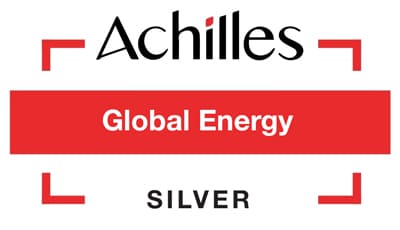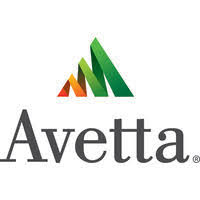Activated Carbon
CFL is a leading supplier of activated carbon and related products, including the process and mechanical design of associated process equipment, focusing on industrial purification and water treatment.
Activated carbon is the generic term that describes a family of carbonaceous adsorbents with a highly crystalline form and extensively developed pore structure.
Activated carbon, often referred to as activated charcoal, is a versatile and indispensable material with a wide range of applications. Typically derived from organic carbonaceous materials such as high quality coals, coconut shells and wood, it is charred in the absence of oxygen, to produce a cost effective and regenerative industrial adsorbent.
The activation process, in the presence of gases such as steam and carbon produce, opens up the microscopic pore structure, providing remarkable adsorption properties. Activated carbon locks unwanted micropollutants and impurities within the microstructure of the carbon, with adsorption of the unwanted compound occuring within the extensive network of pores, positively trapping molecules.
Activated carbon is widely utilised for water purification, owing to its ability to adsorb impurities and contaminants, such as chlorine, volatile organic compounds (VOCs), and heavy metals.
In industrial processes activated carbon finds use in the pharmaceutical industry for purification and separation purposes, including the removal of impurities from drugs and the purification of chemicals. Similarly, in the food and beverage industry, activated carbon is employed in the decolourisation and purification of liquids, such as sugar syrups, alcoholic beverages, and edible oils.
Furthermore, activated carbon plays a crucial role in environmental remediation efforts. It is utilised in the treatment of contaminated soil and groundwater, where it can adsorb and remove pollutants such as pesticides, solvents, and hydrocarbons, helping to mitigate environmental damage and restore ecosystems.
CFL has decades of experience providing mechanical and process design and manufacture of specialist filter vessels, packages and associated equipment, for the processing of liquids using CFL activated carbon technology.
High Grade Activated Carbon and Associated Process Equipment
Key Benefits & Features
- Highly porous structure
- Rapid adsorption kinetics
- Selective adsorption
- Regenerable
- Excellent purity
- Low toxicity
- High surface area
- Good chemical compatibility
Industrial Uses
- Metals recovery
- Hydrocarbon removal
- Environmental protection and remediation
- Water and waste treatment
- Purification and decolourisation
- VOC removal
- Catalyst support
- Aquaculture




